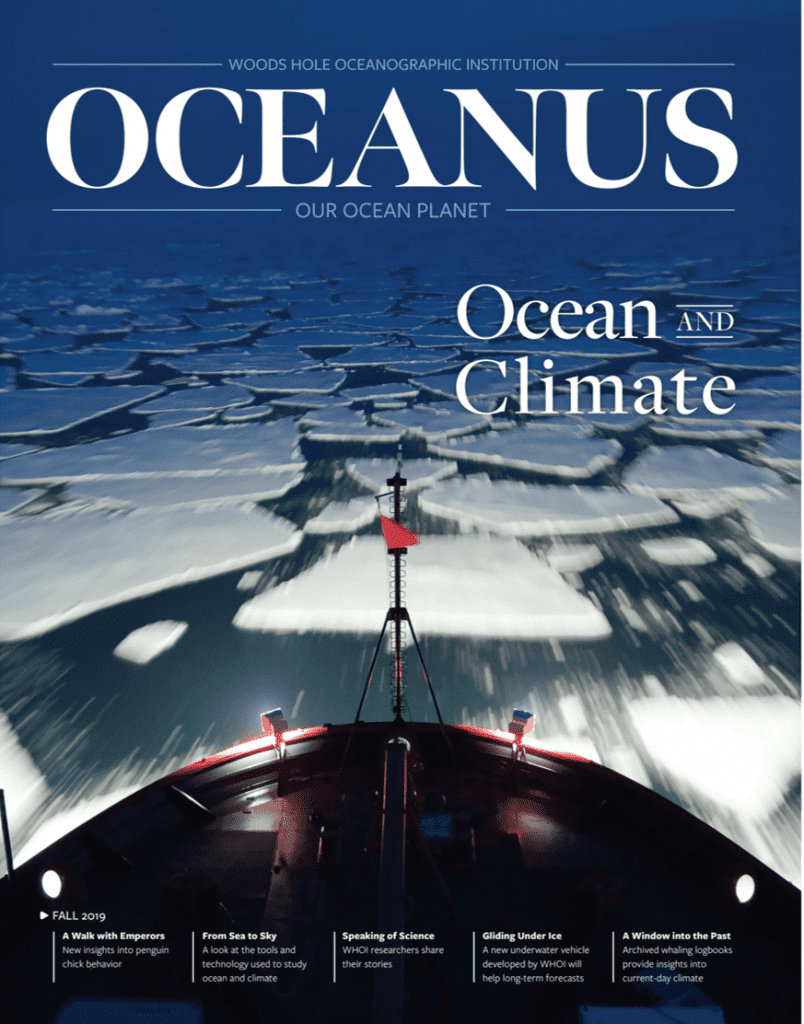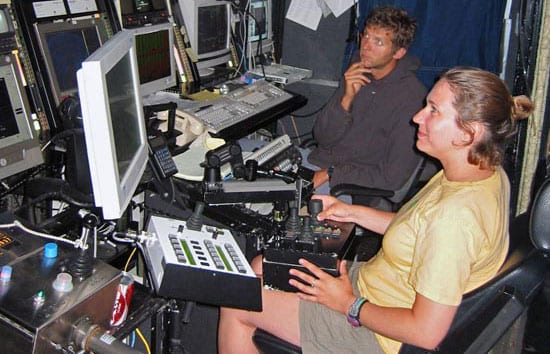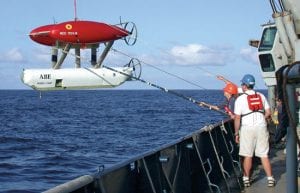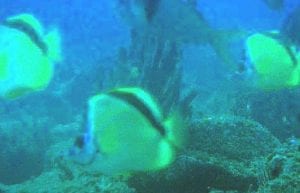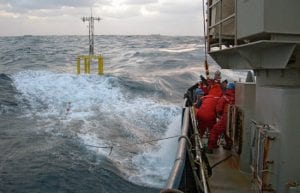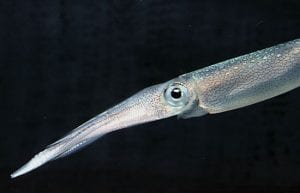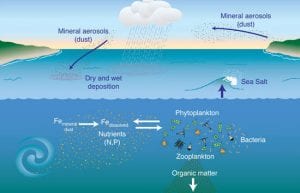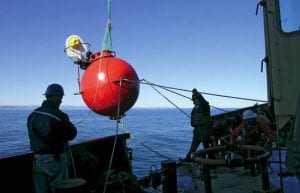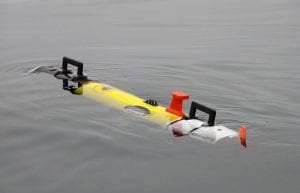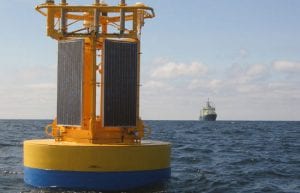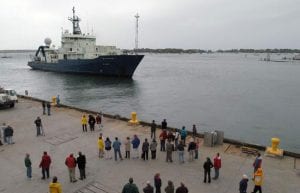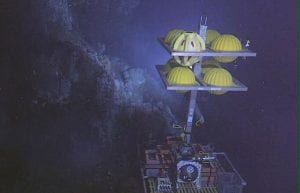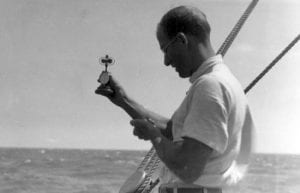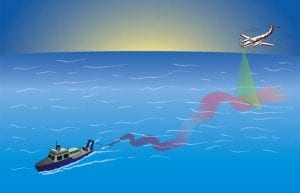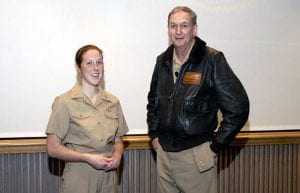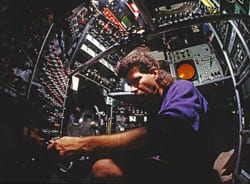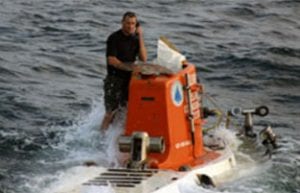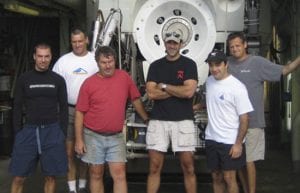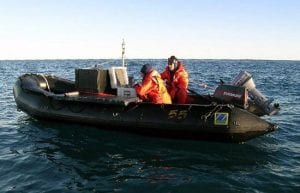Ocean Tech
A Laser Light in the Ocean Depths
Graduate student Anna Michel is adapting laser technology to the murky fluid environment and crushing pressures at depths of 11,000 feet. The goal is to develop an instrument that can directly measure the many elements spewing from hydrothermal vents just as they emerge from Earth?s crust.
ABE—The Autonomous Benthic Explorer
The pioneering deep-submergence vehicle, now 10 years old, continues to demonstrate its versatility on each…
Live From the Tropics, It’s an Ocean Network
With a click of his computer mouse, Scott Gallager was swimming with the fishes off…
The Hunt for 18° Water
In 1959, oceanographer Valentine Worthington gave a name and an identity to a long-observed but…
New Sonar Method Offers Window into Squid Nurseries
Squid fishing has increased substantially in the past decade, with no way to assess the…
Dust Busters for the Oceans
Like most living things, microscopic marine plants need iron and other minerals to live and…
Float 312, Where Are You?
The ocean is so enormous, even a fleet of 2,338 ocean-monitoring instruments can sail into…
A Sentry at the Atlantic Gateway
Here’s an easy recipe to change Earth’s climate: Just add more fresh water to the…
Flying Blind in the Ice Factory
Al Plueddemann wants to push the envelope and fly a robotic vehicle into the wild…
Going Wireless in the Deep Blue
How do you get long-term ocean measurements from any spot on the globe, with day…
Three Ships and a Sub
short stories of ships and vehicles for fall 2005
Action, Camera … Lights
Exploring the sunless seafloor can be like using a flashlight to find something in a…
Building an Automated Underwater Microscope
A conversation with Woods Hole Oceanographic Institution biologist Heidi Sosik about her work studying phytoplankton…
The Improbable Voyage of Al Woodcock
Al Woodcock, perhaps the last man to sail on the maiden voyage of WHOI's first…
An Experiment to Dye For
WHOI scientists are exploring an experimental technique to track the complex movements of water in…
Double Duty for Ensign/Student Allison Berg
Ensign Allison Berg won the first Pittenger Fellowship for naval officers in MIT/WHOI Joint Program.…
What Is the Alvin Training Program Like?
Like many boys who spend their youths throwing baseballs in Massachusetts parks, Tarantino dreamed of…
Alvin‘s Pilots
Forty summers ago in the Bahamas, two men climbed inside a 23-foot white submarine named…
Seafloor Reconnaissance Reveals Hidden Dangers Off Antarctica
For five frigid weeks in April and May 2005, a team of scientists and engineers…
Newest Alvin Pilot Comes Aboard
Gavin Eppard became WHOI?s newest Alvin pilot on March 21, 2005.
Pittenger Fellowship Awarded to Naval Graduate Student
WHOI presented its first Rear Admiral Richard F. Pittenger Fellowship in March to Ensign Allison…

